For the first time in more than 50 years, astronauts are preparing to journey beyond Earth’s orbit. NASA has announced plans to send a four-person crew around the Moon as early as February 2026.
Others are reading now
For the first time in more than 50 years, astronauts are preparing to journey beyond Earth’s orbit. NASA has announced plans to send a four-person crew around the Moon as early as February 2026.
A Historic Return
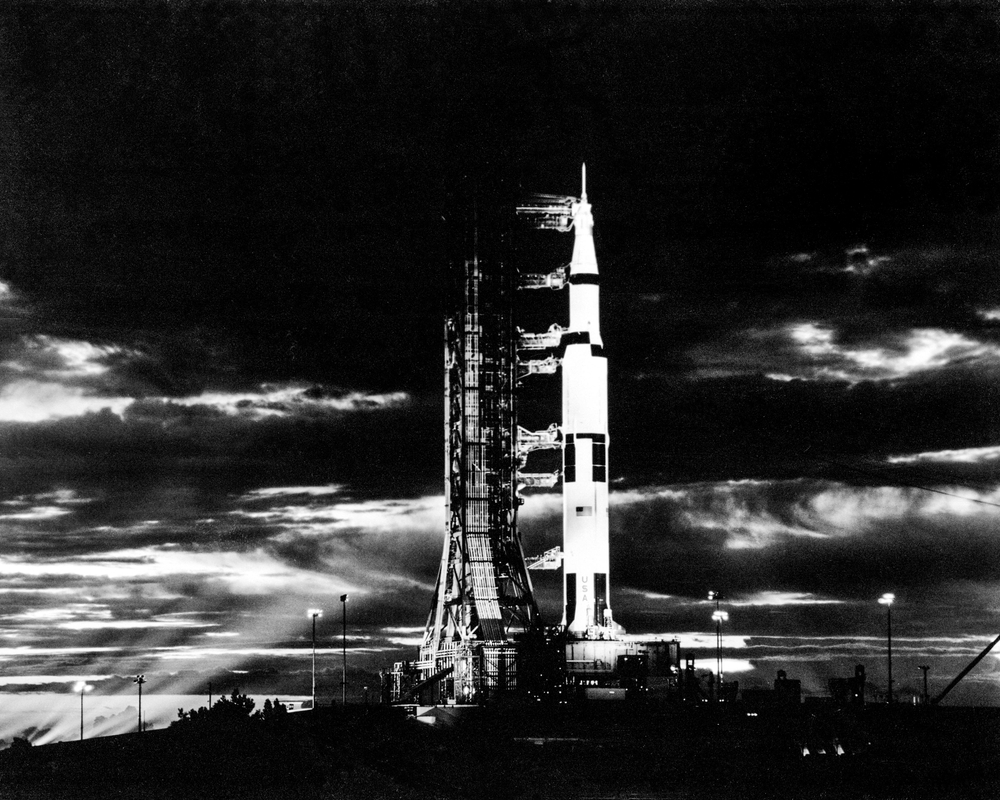
The Artemis II mission will mark the first crewed lunar voyage since Apollo 17 in 1972. Four astronauts will travel beyond Earth orbit, paving the way for a future landing.
Target Launch Window
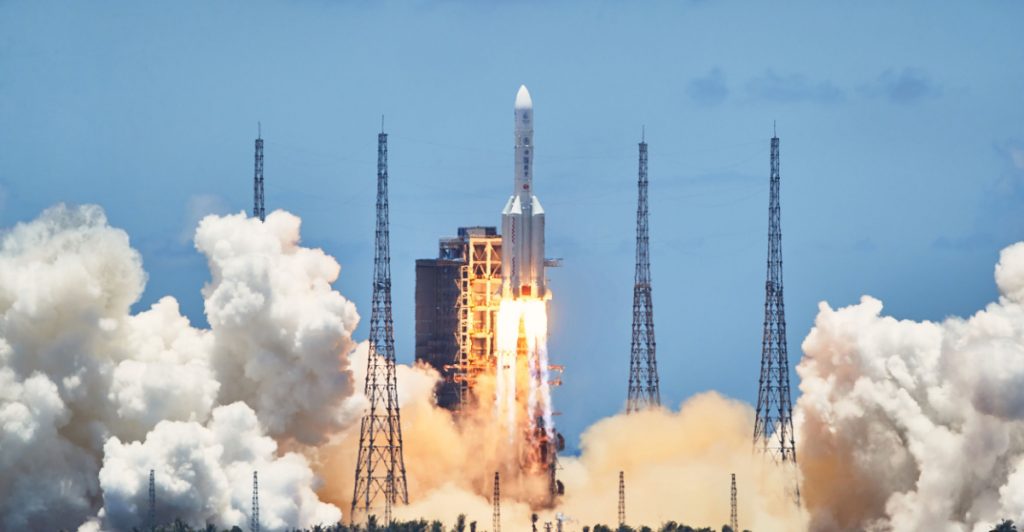
NASA says the launch could take place as early as February 5, 2026. While safety remains the top priority, the agency hopes to move faster than its previous April target.
The Artemis II Crew
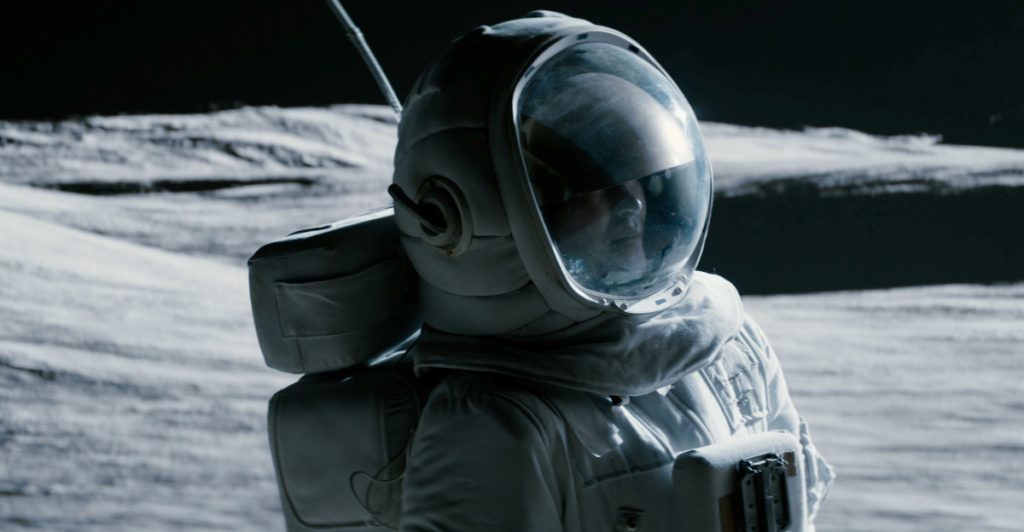
The mission includes three NASA astronauts — Reid Wiseman, Victor Glover, and Christina Koch — alongside Canadian astronaut Jeremy Hansen.
Testing Systems in Space
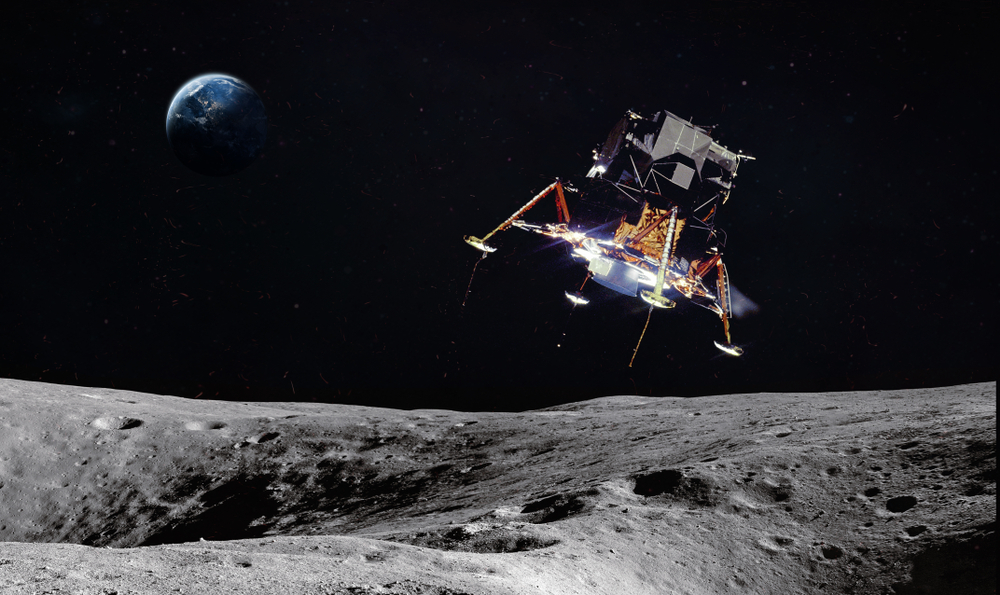
Unlike Apollo missions, Artemis II will not land on the Moon. Instead, it will focus on testing spacecraft systems to ensure readiness for a surface mission later this decade.
Also read
The SLS Rocket and Orion Capsule
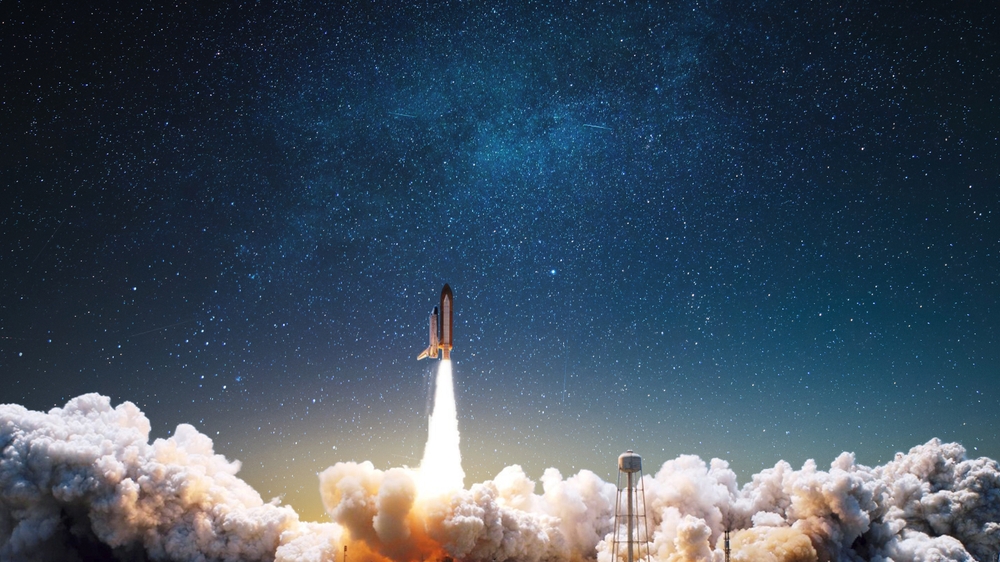
The astronauts will ride atop the Space Launch System (SLS) rocket inside the Orion capsule. NASA says the rocket is ready, with final capsule tests still underway.
Flying Farther Than Ever
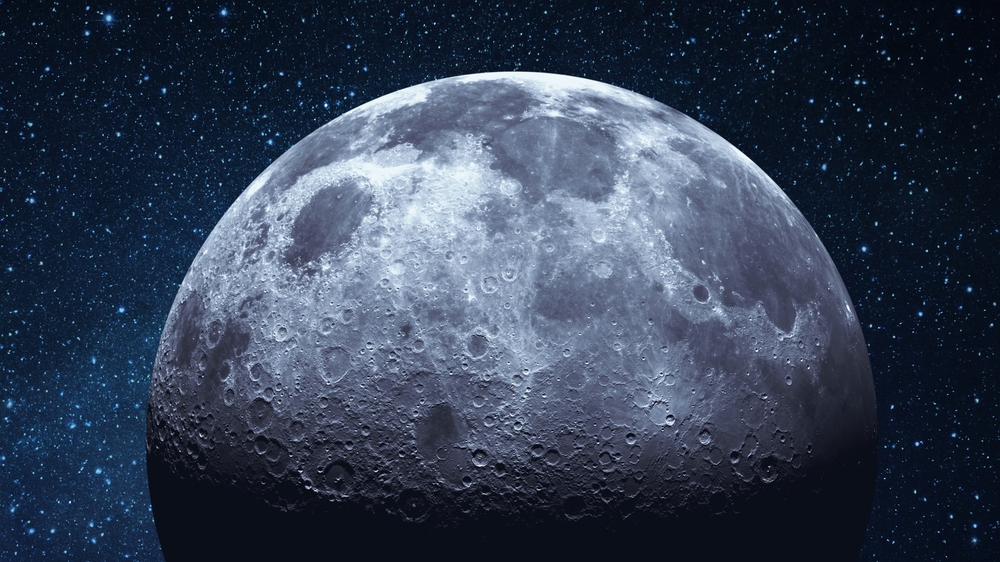
NASA says the crew will travel at least 9,200 kilometers beyond the Moon, farther than any humans have gone before.
Mission Timeline
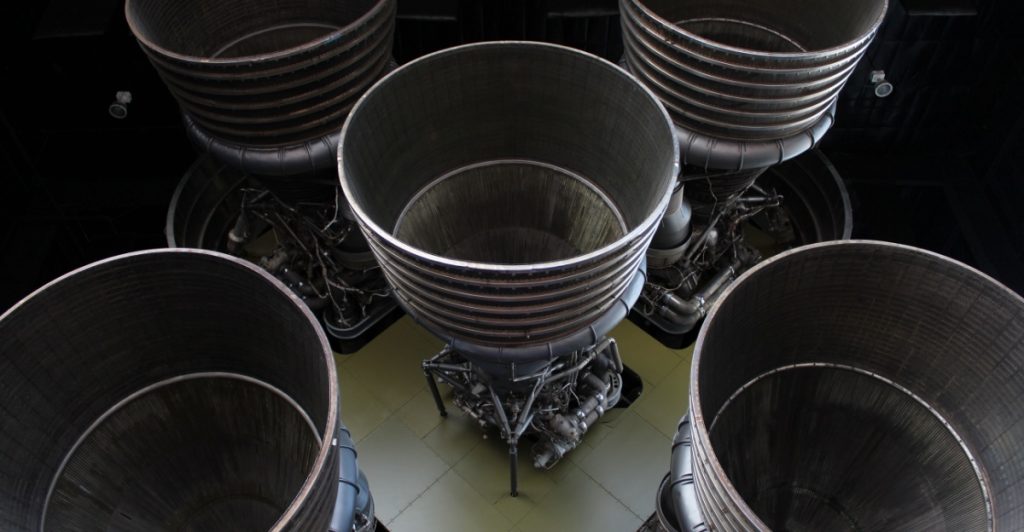
About 23 hours after launch, Orion will fire its engines for a Trans Lunar Injection, beginning a four-day journey toward lunar orbit.
Scientific Goals
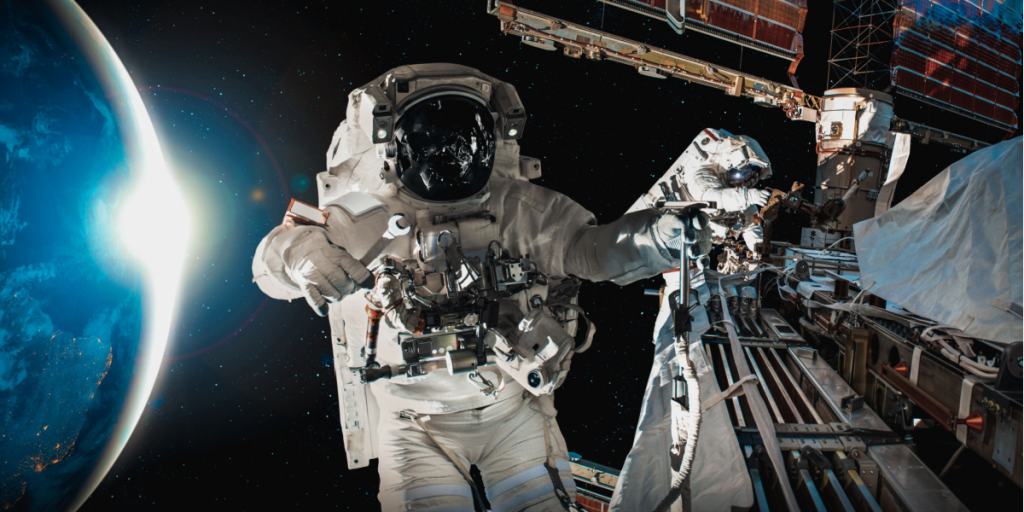
During the mission, astronauts will conduct medical studies and systems tests, gathering crucial data for long-term lunar exploration.
The Return Journey
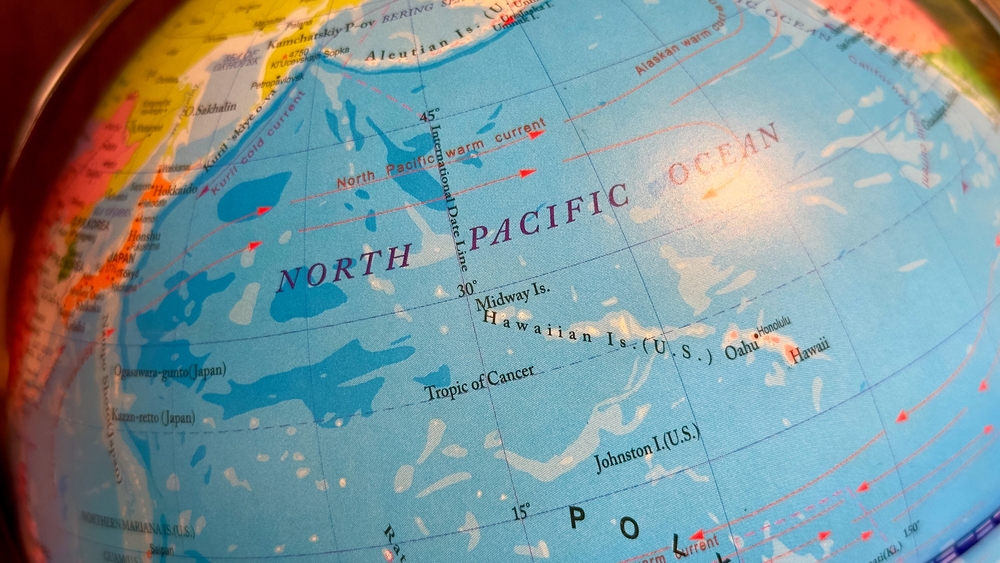
After circling the Moon, the crew will spend four days returning to Earth, reentering the atmosphere before parachuting into the Pacific Ocean.
Also read
Preparing for a Lunar Landing
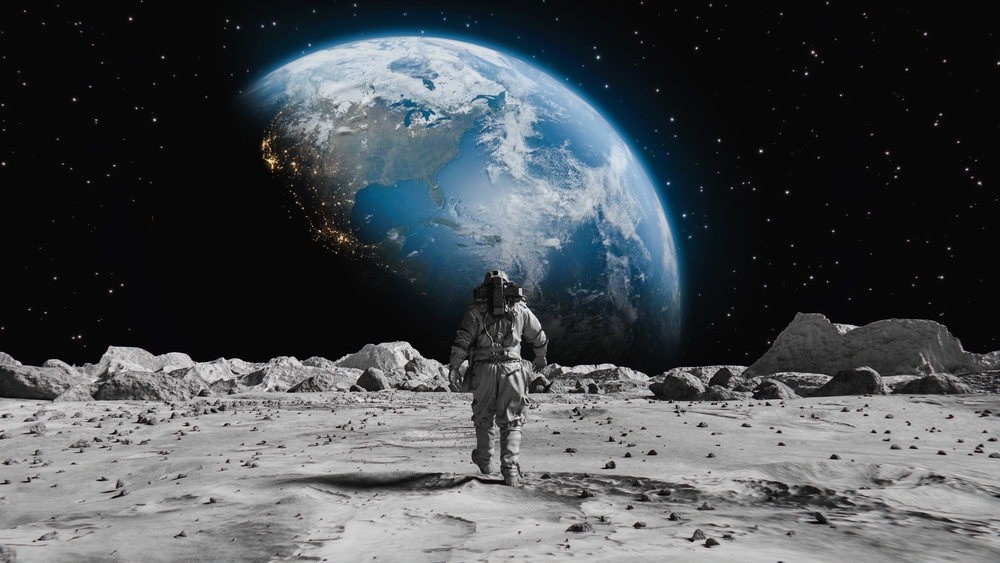
Artemis II will set the stage for Artemis III, the first planned landing of astronauts on the Moon since 1972. But delays to SpaceX’s Starship raise questions about whether a 2027 landing is realistic.


